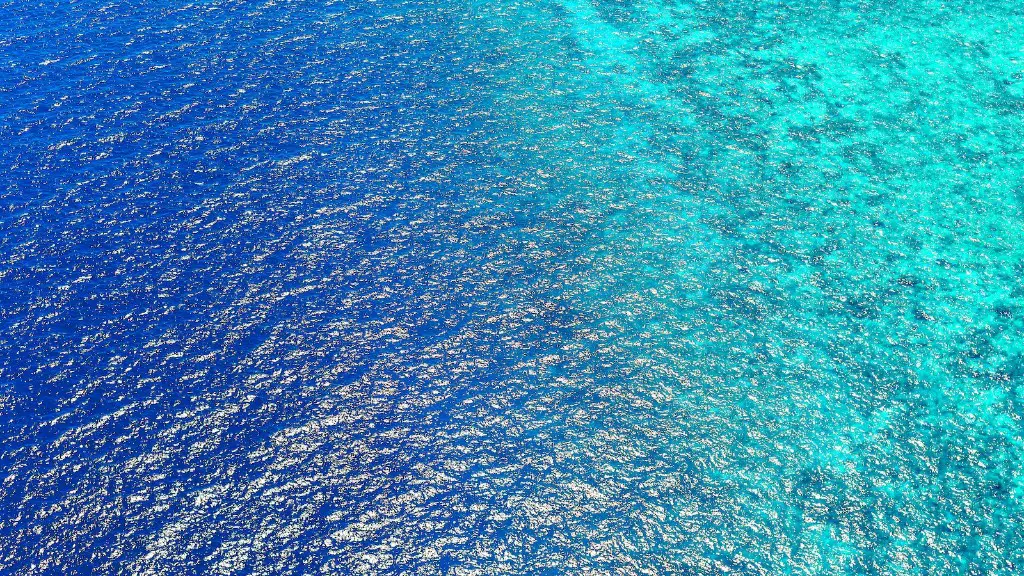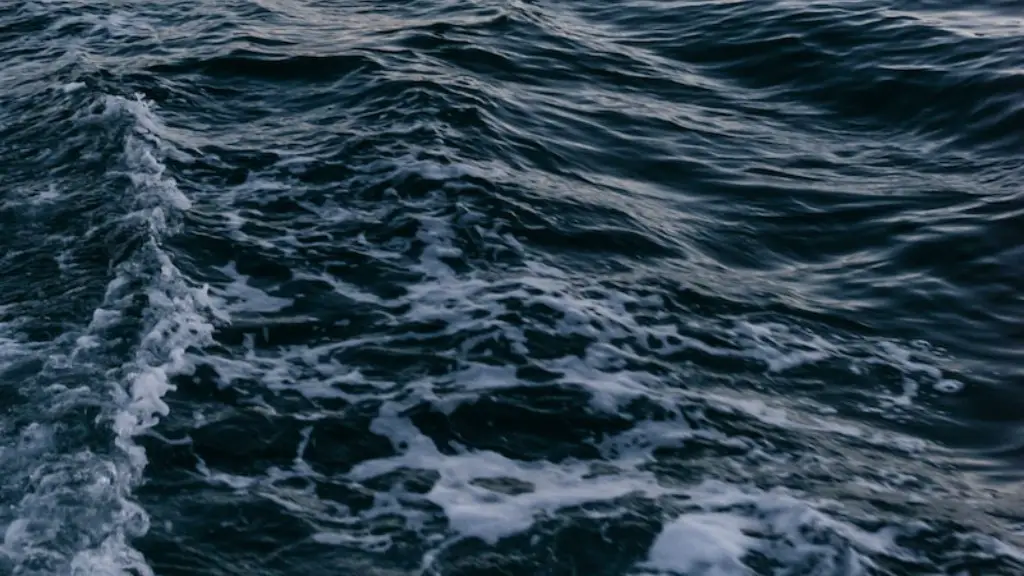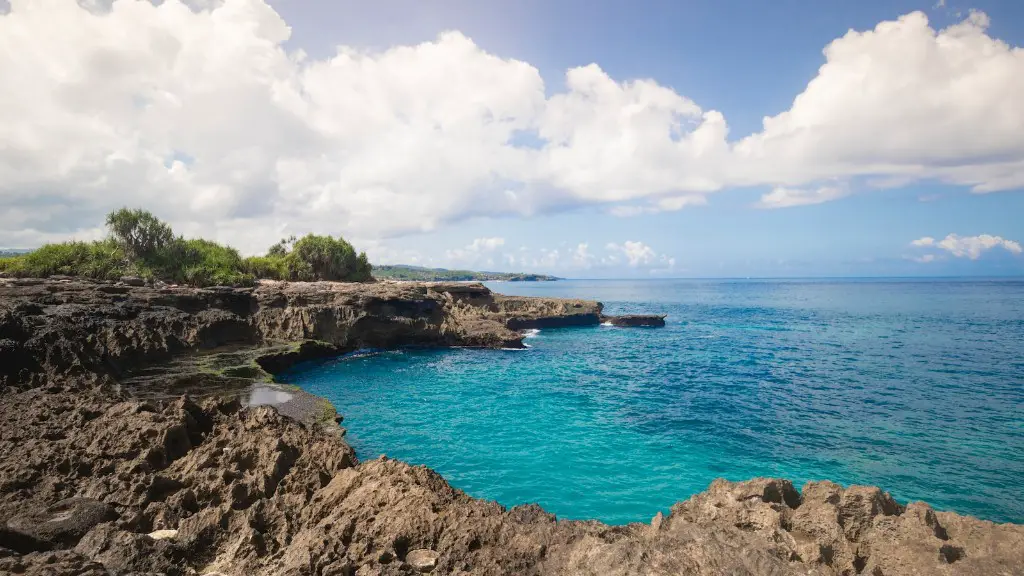Situation In The South China Sea
The South China Sea, bordered by China, the Philippines, Indonesia, Brunei, Malaysia and Vietnam, has been at the centre of debate for generations. This large body of water is home to some of the world’s key shipping lanes, making it a significant area for countries to control for a variety of strategic and economic reasons. With this competition for ownership, several countries have laid claim to territories within the South China Sea, making it the subject of tension and conflict for decades.
Statistically, the Asia Pacific region holds more than 20 percent of the global trade, amounting to more than 3 trillion U.S. dollars. The international trade industry has shifted to smaller lots and to shorter delivery times, and as a result, delivery by ship has become increasingly cost and time effective. As a key maritime hub, the South China Sea is an essential and interconnecting part of the route through which goods go, ultimately impacting the global economy itself.
It is estimated that the South China Sea holds vast amounts of natural resources, possibly containing 11 billion barrels of oil and 190 trillion cubic feet of natural gas. In addition, the region is made up of hundreds of coral reefs, atolls, and shoals, which are extremely rich in fishing resources. It is of little surprise, then, that the wealth of natural resources in the South China Sea has contributed to the region’s growing value and attractiveness to many of its bordering countries.
However, the growing importance of the South China Sea has also been met with extensibility and potential for conflict. From the beginning, six countries have laid claim to territories in the South China Sea. China, asserting ‘indisputable sovereignty,’ has constructed a network of reefs and islets in the sea, aiming to form its own law and jurisdictional grid. This aggressive strategy of territorial boundaries has, in turn, triggered several interdependent and overlapping territorial disputes between China and its neighbouring countries, most notably the Philippines and Vietnam.
The issue surrounding the conflict in the South China Sea is further complicated due to the presence of the United States. The United States has publicly stated its concerns of China’s ‘bullying tactics’ and its territorial expansion with the construction of its artificial islands within the sea. The United States also recognizes the Philippines’ Exclusive Economic Zone (EEZ) within the South China Sea and is committed to protecting its ally in support of its territorial disputes with China. The United States has made it clear that it will not actively support China’s claim to the South China Sea, but has also suggested the use of arbitration and potential diplomatic solutions instead.
International Law and The South China Sea
The conflict in the South China Sea lies in the midst of competing interpretations of international law. With no clear geographical demarcations available, it is difficult to determine whose sovereignty is valid. This interdependent complexity arises due to China’s refusal to accept claims of hundreds of years of traditional Chinese territory outside China’s mainland coast, while its neighbouring countries assert their right to the area through their own international treaties.
The United Nations Convention on the Law of the Sea (UNCLOS) is a treaty that formally sets down a comprehensive set of rules for the uses of the seas and oceans of the world. All of the countries involved in the conflict have initiated the process of UNCLOS and have formally declared their claims of territorial seas and EEZs. This has further complicated the conflict as it draws the countries into an inconclusive process between what has been declared and contested.
The tribunal of the Permanent Court of Arbitration (PCA) in The Hague is an independent judicial body which aims to arbitrate legal disputes between states. In this case, The Hague’s ruling in 2016 ordered China to stop its acts of aggression within the South China Sea, including the construction of its artificial island territories, and to respect the EEZs of its neighbouring countries. The court ruling deemed China’s nine-dash line illegal, confirming the Philippines’ position that there is no legal ground for China to claim the South China Sea as its territorial sea.
The PCA ruling has triggered some push-back from China, whose state-run media has accused the ruling of having ‘little real impact or practical significance’. Despite international protests over China’s actions in the sea, in 2019 the Pentagon reported that China had gradually increased its presence in the region and had deployed surface to air missiles and an air defence system in the wake of the 2016 PCA ruling. The Department of Foreign Affairs of the Philippines has stated that, while they are in compliance with the 2016 PCA ruling, they are still in the process of determining what their exact options are and how to best maintain their claim of the South China Sea.
Geopolitical Implications
The conflict in the South China Sea involves countries who are heavily dependent on global trade and interconnectivity, which has impacted not only the geopolitical climate in the Asia Pacific region, but also on a larger global scale. The conflict has sent a message to the world that, as more countries of different sizes lay claims on the sea, the potential for conflict increases.
In the midst of these regional tensions and overlapping claims, it is essential that a successful resolution is achieved. Despite the current position of the conflict, a global order for the sea is possible and in the works. Such a resolution would require countries to revisit and clarify their claims in line with international law, while allowing China to navigate their newfound superpower status and requiring the US to return to a role of international diplomacy and arbitration.
Recent events in the South China Sea have highlighted the Geopolitical implications of protecting and controlling the region. In response to China’s aggressive and controversial actions, a coalition of several countries have collectively ensured that the South China Sea remains legally disputed. The most recent public campaign involving the United States, Japan, and Australia, known as the ‘Quad’, is formed to ensure that all states are acting in accordance with international law. The growing tensions in the region have made it increasingly important for countries to be aware of the consequences of their actions and to ensure that the resolution is sustainable and peaceful for the South China Sea and beyond.
Economic Effects
The economic implications of the South China Sea conflict extend far beyond the economic interests of the states involved in the disputes. As the bulk of international trade passes through the sea, which amounts to an estimated five trillion U.S. dollars each year, the disruption of these routes can have a devastating effect on the global economy. With the ongoing tension and increasing militarization of the region, the economic effects of the South China Sea conflicts could cause a slowdown in key global industries such as shipping, fishing and tourism.
Shipping companies and countries with legitimate claims on the areas affected by the dispute are facing considerable costs due to the increasing complexity of the case. On the other hand, disputes over fishing grounds and the potential of a depletion in supplies of fish could have a lasting environmental and economic impact for the countries involved. Lastly, with the restrictions in tourists’ access to the South China Sea, local economies that depend heavily on tourists must adapt to the changing circumstances.
In many cases, disputes have direct economic implications on the region affected. Unfortunately, with the South China Sea, the indirect effects of potential conflict and the regional tension has a long-term impact on exports, imports, fishing and tourism. As such, this makes it increasingly important for solutions to be found in order that the economic lifeblood of the South China Sea is kept in lockdown.
Dialogue And Diplomacy
As the world becomes increasingly interconnected, it is essential that our global governance is efficient and sustainable for the future. It is clear that countries with claims to the South China Sea have an important role to play in resolving this long-standing dispute.
One of the potential solutions proposed is the implementation of regional dialogue and diplomacy. This includes the suggestion of a joint declaration of the parties to the conflict in order to determine their maritime claims, allowing the countries to make their own clear-cut demarcations of their respective EEZs.
Establishing a common understanding between the countries through dialogue and ensuring humanitarian law is paramount to the resolution of the conflict. China must agree to cooperate with its neighbours in order to reach a resolution, and must adhere to international law when determining any claims of ownership.
Regional dialogues are essential in allowing the countries to make their claims heard, while also facilitating mutual understanding and trust between the states. It is hopeful that by increasing communication and dialogue, these countries can work towards achieving a reasonable agreement that ensures peace and stability for the entire region.
Conclusion?
The conflict in the South China Sea is a highly complex one, with several factors and considerations making the dispute difficult to resolve. Ultimately, it is clear that the countries need to come together and work to find a peaceful resolution that allows for all countries to have their claims heard, and for their rights and interests to be respected. The South China Sea is a key maritime hub, and its importance to the global economy cannot be understated. By establishing an agreement that is in line with international standards of law, countries involved can ultimately form an understanding and work towards the resolution of the conflict.





